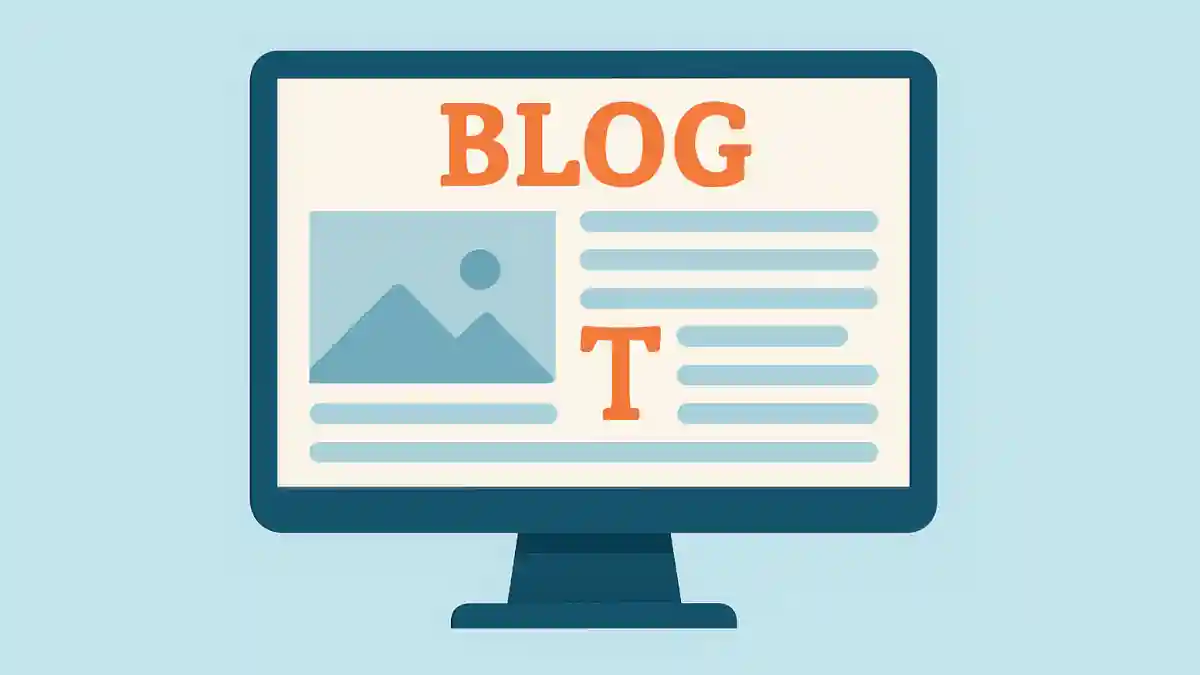To start a blog for free, choose a platform like WordPress.com or Blogger, sign up for an account, select a template, and start publishing your posts. No domain or hosting fees required.

What are the best free blog sites?
Popular free blog sites include WordPress.com, Blogger, Wix, and Medium. These platforms offer easy setup and hosting without upfront costs.
What is Blogger and how does it work?
Blogger is a free blogging platform by Google. It allows users to create and manage blogs with a simple interface and built-in hosting using a Google account.
What is a WordPress blog?
A WordPress blog is a site built using the WordPress platform, offering customizable themes, plugins, and content management features for both casual and professional bloggers.
How do I start a blog on WordPress?
To start a WordPress blog, go to WordPress.com or set up a self-hosted blog with WordPress.org, register a domain, choose a hosting provider (if self-hosted), pick a theme, and start posting.
Can I start a blog just for fun?
Absolutely! Blogging can be a hobby where you share thoughts, stories, or creative content without worrying about monetization or audience growth.
How do I start a blog and make money?
To start a money-making blog, pick a niche, create valuable content, grow your audience, and monetize through ads, affiliate marketing, sponsored posts, or selling products.
Can I start a blog for free and still make money?
Yes, you can monetize a free blog using methods like affiliate links, display ads (e.g., AdSense), and promoting services. However, upgrading to a paid plan offers more control and credibility.